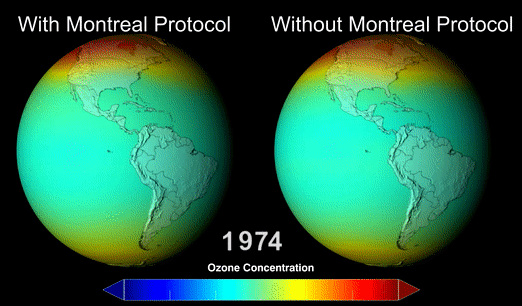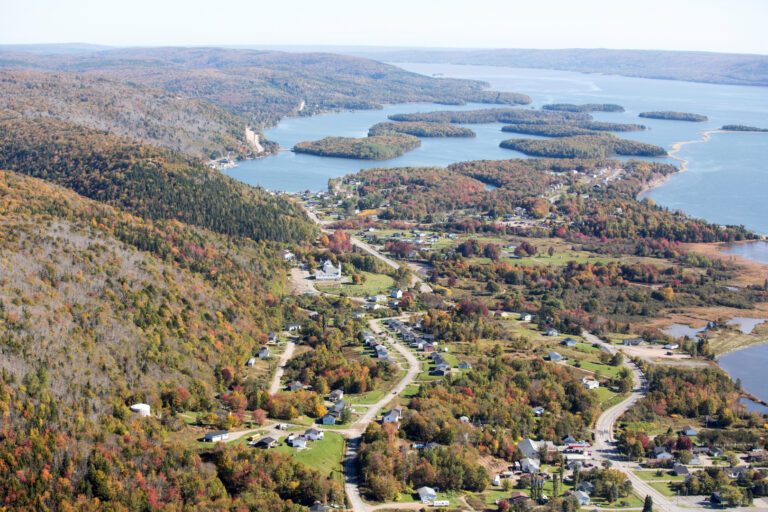Saturday, July 5, 2025
The Montreal Protocol, which phased out the use of ozone-depleting chemicals, not only saved the ozone layer, but also staved off an additional 2.5 degrees C (4.5 degrees F) of warming by the end of this century, according to a new study.
The modelling by the international team of scientists paints a dramatic vision of a scorched planet Earth without the Montreal Protocol, what they call the “World Avoided.” This study draws a stark link between two major environmental concerns: the hole in the ozone layer and global warming.
The 1987 agreement limited the use of chlorofluorocarbons (CFCs), chemicals commonly used in aerosol sprays, refrigerators, and air conditioners, which were shown to be tearing a hole in the ozone layer that shields the earth from most of the sun’s ultraviolet rays. By thinning the ozone layer, these chemicals would have allowed high levels of ultraviolet radiation to reach the planet’s surface, damaging plants and inhibiting their ability to soak up carbon dioxide, leading to further warming. These chemicals are also powerful heat-trapping gases, and would have fueled additional warming.
According to the study, without the Montreal Protocol, the ozone layer would have collapsed. As a result, much of Europe, the United States, and central Asia would have seen ultraviolet (UV) levels higher than are currently seen in the tropics. The resulting damage to vegetation would have resulted in 580 billion fewer metric tons of carbon being stored in forests and soil. The research findings were published in the journal Nature.
“The ozone layer problem was simpler than the climate problem,” said Paul Young, a climate scientist at Lancaster University in the UK and lead author of the study. “You had a handful of companies who are producing a handful of chemicals for a handful of different uses, and it was relatively straightforward for them to come up with alternatives for that. But this is still a great example of how science, identifying a problem, and the world acting comparatively quickly, acknowledging that problem and coming together to address it, and that is the model that we need to address climate change.”

Featured image of ozone layer from United Nations Environment Programme (UNEP).











